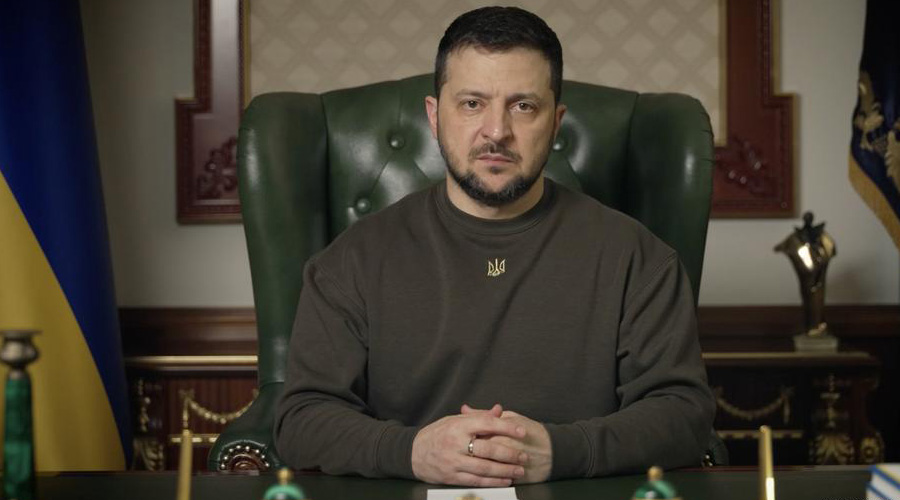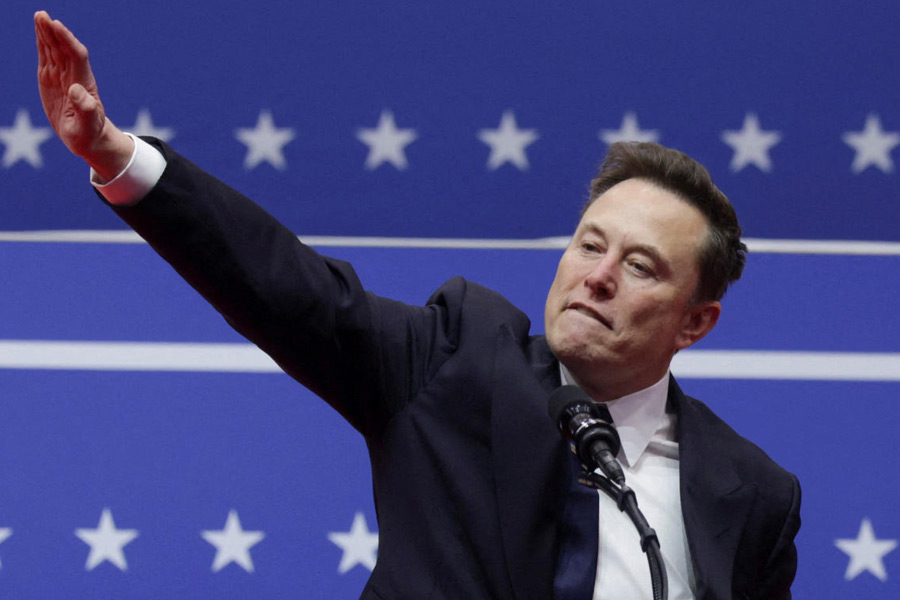So desperate is Ukraine for ammunition, it is firing considerably fewer artillery shells than it otherwise would, its defence minister says.
But it is still going through shells faster than the West can produce or supply them, and making more shells is expensive. If arms manufacturers are to increase production and build new factories, they want large orders with guaranteed money — and those factories can take two to three years or more to come online.
Hoping to address these problems, the EU’s defence ministers will consider proposals to use the EU budget to order and purchase up to one million shells for Ukraine at an estimated cost of €4 billion. It is an approach the European Commission president, Ursula von der Leyen, likens to the one used by Europe to secure vaccines early in the Covid-19 pandemic — pooling resources to offer more money upfront to encourage manufacturers “to invest in new production lines now” for the “standardized products that Ukraine needs desperately”.
With that in mind, Prime Minister Kaja Kallas of Estonia, with support from Van der Leyen and the EU foreign-policy chief, Josep Borrell Fontelles, made her ambitious proposal to buy up to one million shells for Ukraine. Short of that, Borrell has proposed spending €1 billion in the next few months to help reimburse countries that donate artillery ammunition to Ukraine, while pushing member states to place fresh joint orders to replenish and expand their stocks, which are running precariously low.
Jens Stoltenberg, the Nato secretary-general, has told its member nations not to worry too much about reducing their own stocks for now, despite formal Nato requirements, since they could refill them later. But he warned last month that “the waiting time for large-calibre ammunition has increased from 12 to 28 months”. Initially, Ukraine’s challenge was to find enough Soviet-era ammunition to satisfy the outmoded arsenal it had. But European countries have recently been sending modern western guns to Ukraine. Those require a shell of a different size, 155mm.
Arguing that their efforts to hold back current Russian attacks in the Donbas are being hampered by lack of ammunition, Ukraine’s defence minister, Oleksii Reznikov, told EU counterparts in a recent letter obtained by The Financial Times that, at a minimum, Kyiv needed 250,000 artillery shells a month. He also said that his forces were firing only about 120,000 a month, a fifth of the rounds they would ordinarily use.
But a senior European official, who spoke on the condition of anonymity because of the sensitivity of the topic, said that the 12 companies in10 EU countries that make such artillery shells can currently produce only 650,000 a year — and that includes other types of ammunition that are in short supply, including120-mm rounds needed for German Leopard 2 tanks and105-mm rounds needed for the older Leopard 1 tanks.
The US has already sent Ukraine about one million 155- mm artillery shells from its stocks and is backfilling them in part with purchases from South Korea, which refuses to sell directly to Ukraine. But the US, too, does not make many 155-mm shells and is trying to increase its own production. It is ramping up from about 14,400 rounds a month to 20,000 a month this spring, with plans to be making 90,000 rounds a month by 2025. All those numbers pale compared with Ukraine’s needs, let alone the number of shells Russia is firing at Ukraine, estimated at 10,000 a day, though sometimes twice that, Borrell said.
New York Times News Service










